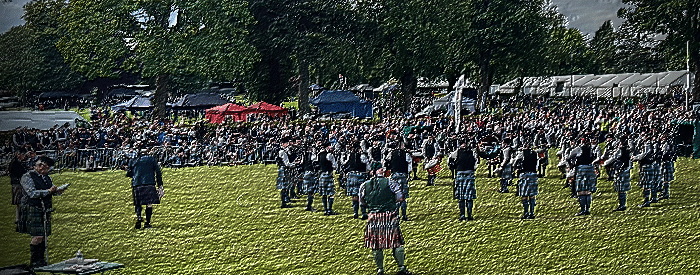
At the Editor’s request I have recorded some thoughts on the Grade 1 performances at the Scottish Championships from a drumming and ensemble perspective. I would emphasise that the views expressed are personal.
I was standing in a position at the head of the bands. It is quite possible that things could have been happening at the drum corps end of the bands which I would not see or hear from my static position.

By Alistair Aitken OBE
The layout for the Championships was in general the same as it has been for the past two years following the redesign of Levengrove Park. This is ideal for a pipe band competitions as there are no overlapping sounds between the competition rings, and the spectators are close to the bands.
The only downside is the lack of spectator seating. Enthusiasts with camping-style chairs always seem to be able to claim their place at the barrier well in advance but most people have to stand, which can be uncomfortable for older people.
Another slight problem this year was that there was no official programme available for purchase. Unless you had downloaded the draw from the RSPBA website it was difficult to work out which grades were playing in the different competition rings. There was also no information about the tunes the bands were playing.
On the plus side, however, each competition appeared to run precisely to time due to the renowned efficiency of the RSPBA officials. The weather was also good as; a forecast for rain in the morning came to nothing and the day progressed to be warm and sunny. The gradual increase in temperature may have presented some tuning problems for the bands, in the afternoon particularly.
The RSPBA online results page showed 110 individual performances but that number must have been at least 130 as the draw showed 26 bands in Grade 4B which was split into two qualifying heats. The results of the two heats did not appear on the RSPBA website.
As I am not so mobile these days, I confined myself to listening to the Juvenile and Grade 1 competitions, in a position close to the spectator barrier at the head of the bands where I could hear the drumming projecting through the pipes. My observations were as follows:
Juvenile Grade: This is always good to listen to as the standard is consistently high, reflecting the effective teaching taking place in the schools involved. It was unfortunate that there were only four bands competing, three of which were representing private schools. There is much teaching also going on in Scottish public sector schools these days with (assistance from the Scottish Schools Pipes and Drum Trust), so hopefully this will, before long, enhance the numbers in the Juvenile grade.
Expanding and maintaining Juvenile and Novice grades is extremely important. These young people represent the future of pipe bands. The four bands played very well and the results were consistent across the four adjudicators. Now to Grade 1.
Police Scotland Fife: First to play the band set a very high standard. The sound balance between pipes and drums was excellent, with the drumming projecting well through the pipes. The band integration was also very good but my impression was that the tunes had possibly been selected to demonstrate the finger dexterity of the pipers rather than the melodies. The playing was possibly just a little too fast and could have been more relaxed for even better musical impact. Towards the end the melodies became lost in a maze of harmonies.
Shotts and Dykehead Caledonia: Another good performance which for me was very musical. Good sound balance between pipes and drums and some subtle effects from the bass and tenors. I liked the nice dance effect to the strathspey playing. Harmonies again towards the end. From where I was standing the drumming projected through very well and my overall impression was that the band performance fully deserved a top six placing. I can only assume that the low placing for drumming reflected something which I could not see or hear from where I was standing.
Johnstone: The overall sound of this band was not as powerful as the previous bands but still a good balance between pipes and drums. The jig playing seemed a little rushed and the integration between pipes and drums seemed to me a little suspect in the strathspey.
Field Marshal Montgomery. My first reaction was that the trademark big drone sound was missing. The snare drum sound also seemed on the harsh side. A softer, sharper pitch might have balanced better. Overall the actual playing was immaculate and the playing as a band came across relaxed, effortless and musical. Overall the performance just seemed to lack its normal sparkle.
St Laurence O’Toole: A very impressive performance overall. The combined band sound was very good and the whole performance was bright and rhythmic with excellent clarity. The musical interpretation of the drum corps (including bass and tenors) was very effective with authentic strathspey playing also evident. My only slight criticism was that at times the drum corps was a little dominant, affecting the band balance of sound.
Peoples Ford Boghall and Bathgate: Another excellent musical performance, with very clear and precise playing. From where I was standing the snare drums seemed a little flat for optimum band balance, and there seemed a slight snare drum imbalance just at the end of the slow air.
Closkelt: A smaller band but still good balance between pipes and drums, although at times the bass was rather dominant. Overall the playing for me was a shade too deliberate and controlled. The whole performance could have flowed better rhythmically.
Police Scotland and Federation: A solid piping performance but the sound balance between pipes and drums was a little suspect. The drumming came across as rather aggressive, affecting the rhythmic flow. The snare drum sound projected well but the pitch seemed a little flat in relation to the pipes.
Inveraray and District: Another very impressive performance to end the competition. Excellent balance of sound and effortless, relaxed playing. Overall very musical. All sections of the band contributed well to the musical effect. The end seemed to incorporate parts of different tunes along with harmonies but all were well executed. Not sure about the effect of the chanter stop!!
Overall my top three performances were Inveraray, Boghall & Bathgate and St Laurence O’Toole but I would not have argued with any of these bands having been awarded first prize.
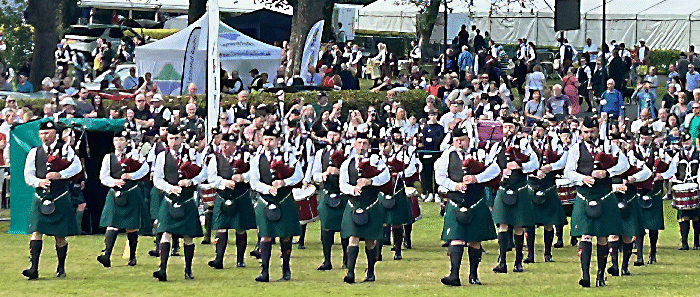
Unusually the first three Grade 1 Championships this year have been won by three different bands. That illustrates the strength of the competition and it will be interesting to see what happens at Perth in two weeks’ time in advance of the World Championships on 16th and 17th August.
The Worlds of course could yet prove to be quite different as there will be top bands from overseas and each band in Grade 1 will have to play four times. History has shown that many bands raise their game when it comes to the World Championships and 16 different adjudicators will also have an influence, so there could yet be a surprise to the end of the Championship season.
To finish on a more general note, it struck me on Saturday that it is still the practice for drumming adjudicators to spend almost all of their time standing behind the drum corps. I know that there are different views about this, but during my time in adjudicator training it was always advised that you should move to the head of the band for at least part of the performance to hear how the drumming projects through the bagpipes.
A large part of the drumming adjudicator role is to assess the technical and integration aspects of the drumming; but they also have a duty to consider the sound balance between the drums and pipes as well as the musical impact of the drumming on the melodies (both of which are closely related).
When standing behind the drummers you are hearing the piping projecting through the drumming, the latter being more dominant. At the head of the band (where the ensemble adjudicator is normally positioned), you hear the drumming projecting through the piping, which can vary according to the positioning of the drummers, in particular the bass and tenors.
My argument is that is the best position to hear the collective band sound balance as the objective is that the drumming supports the piping musically. It is after all a ‘pipe band’ competition. The positioning of the drumming and ensemble adjudicators may explain in part why there are often significant differences between drumming and ensemble results.
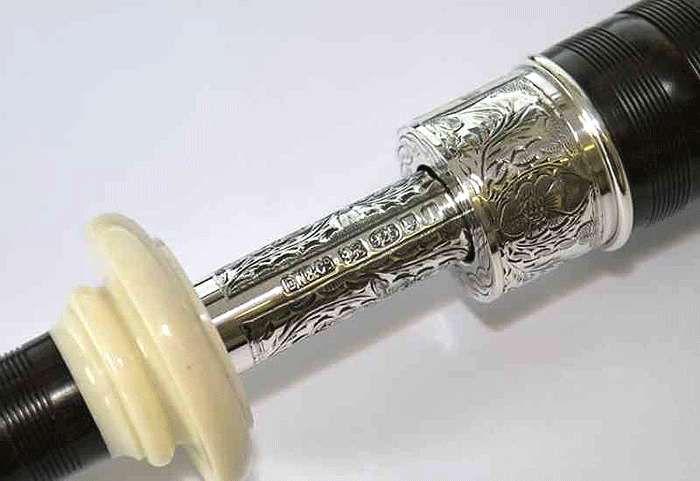







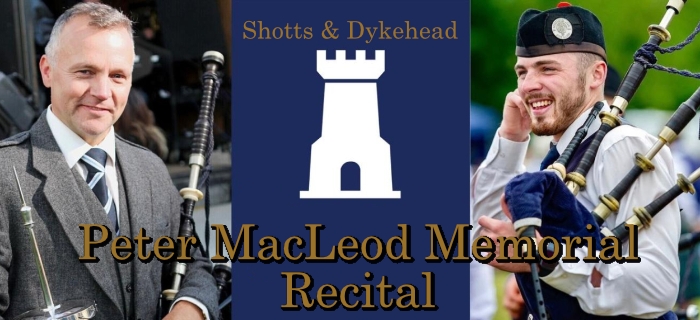
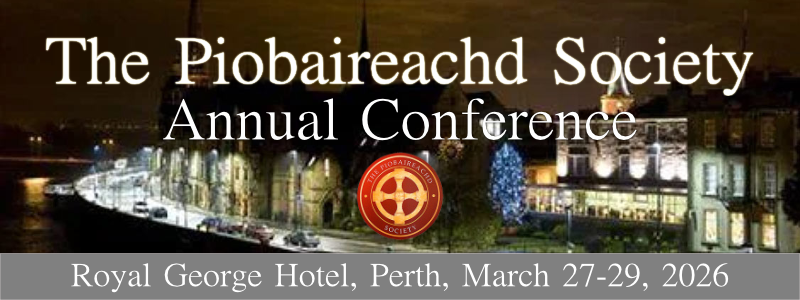
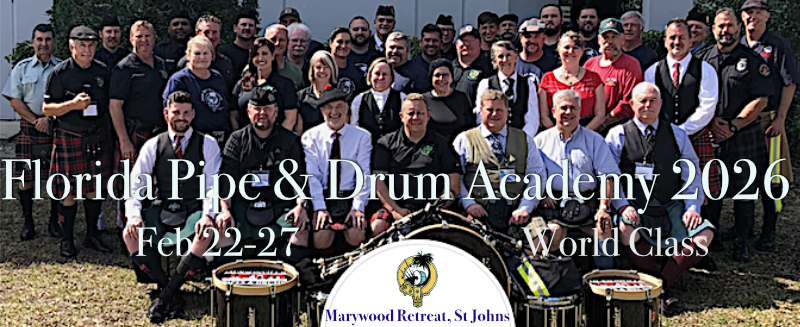
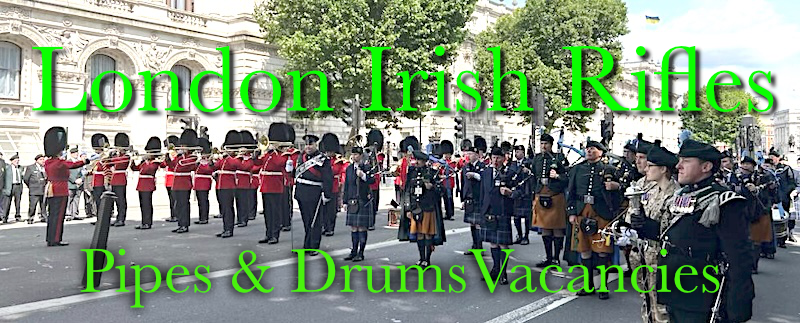






Great review from Allistair.
For me, Inveraray are the most consistent G1 band out there, and I would have them as favourites for the World’s.
But, the chanter stop does not work, and should be abandoned at the earliest opportunity.